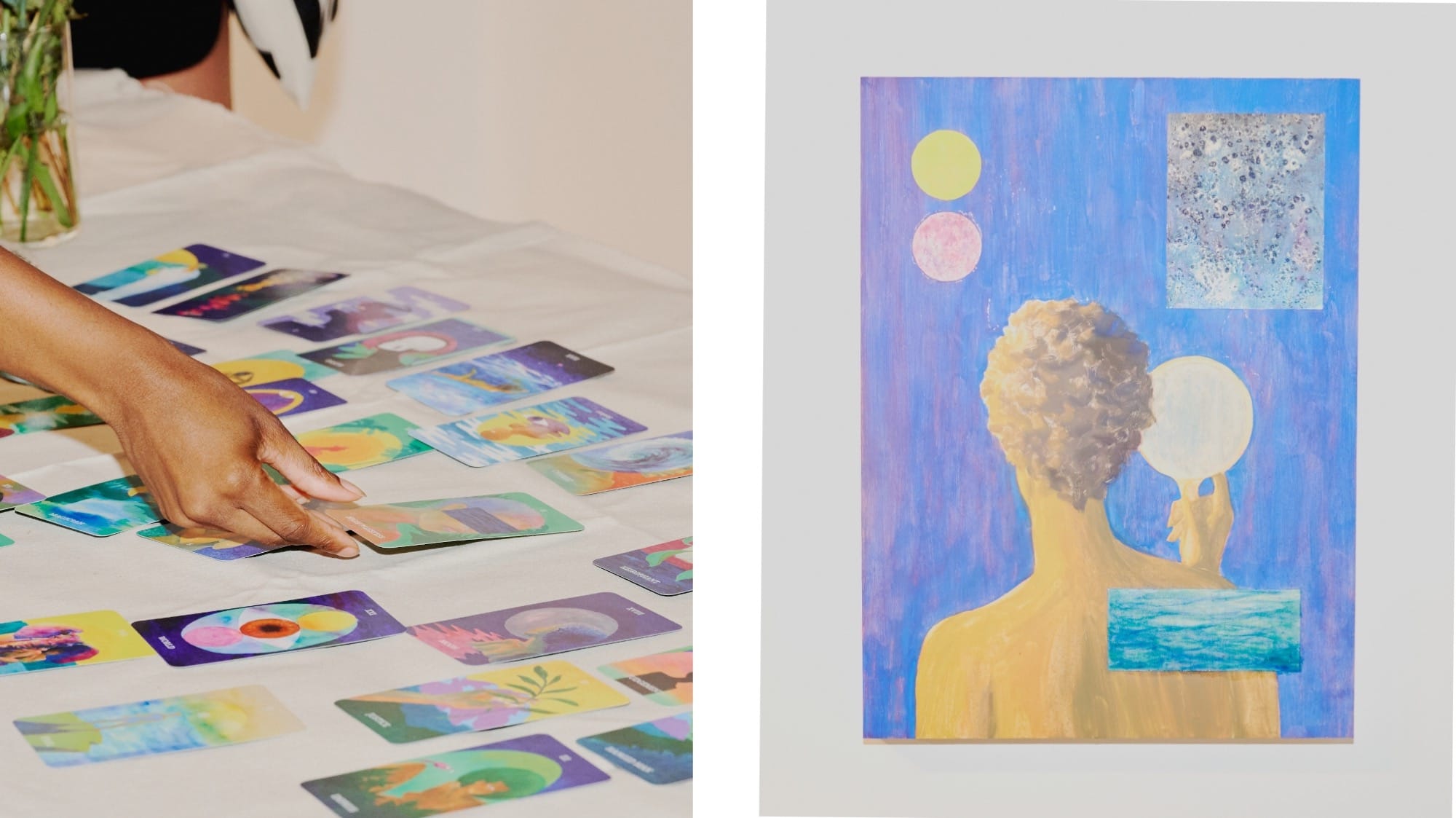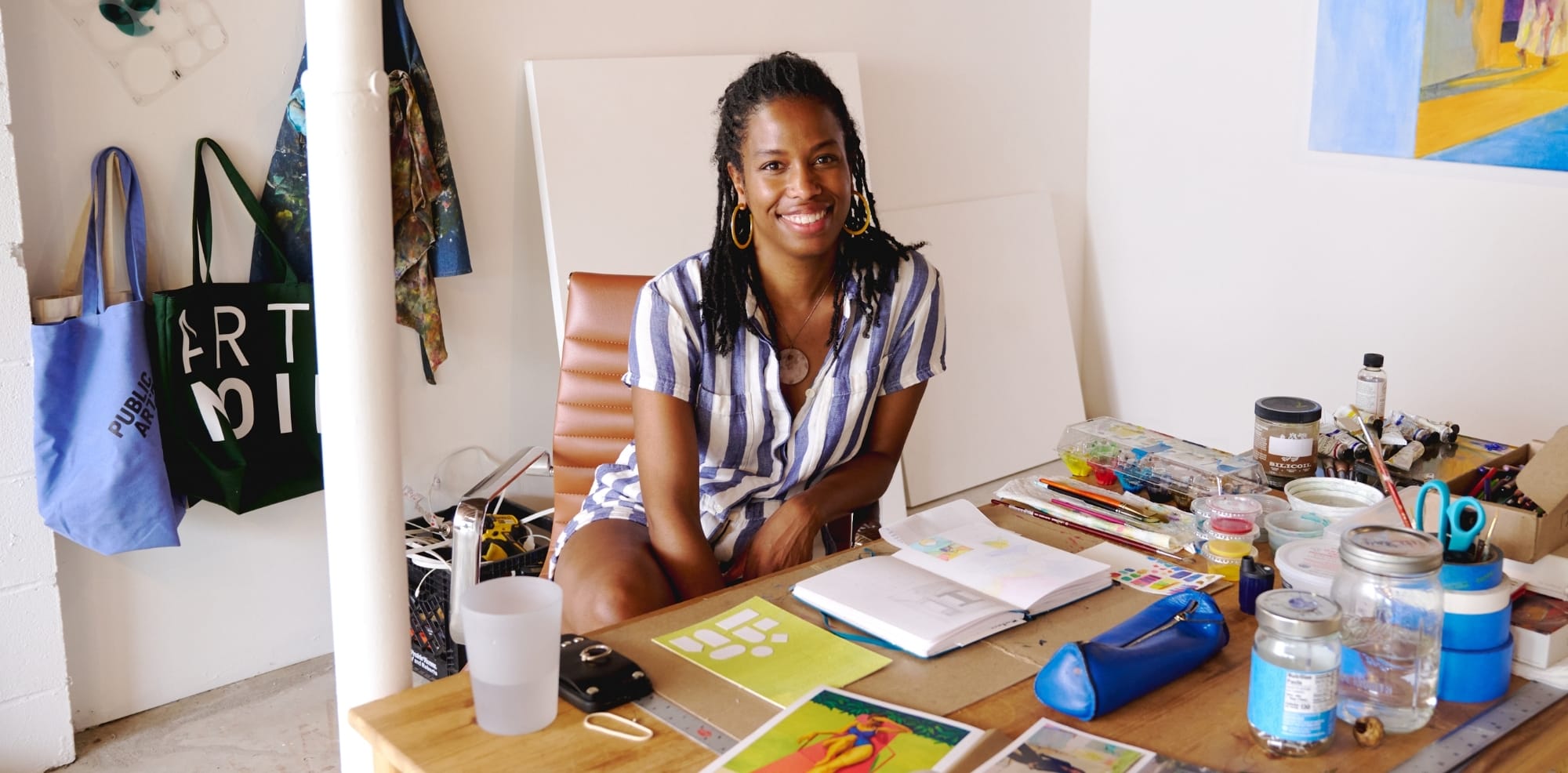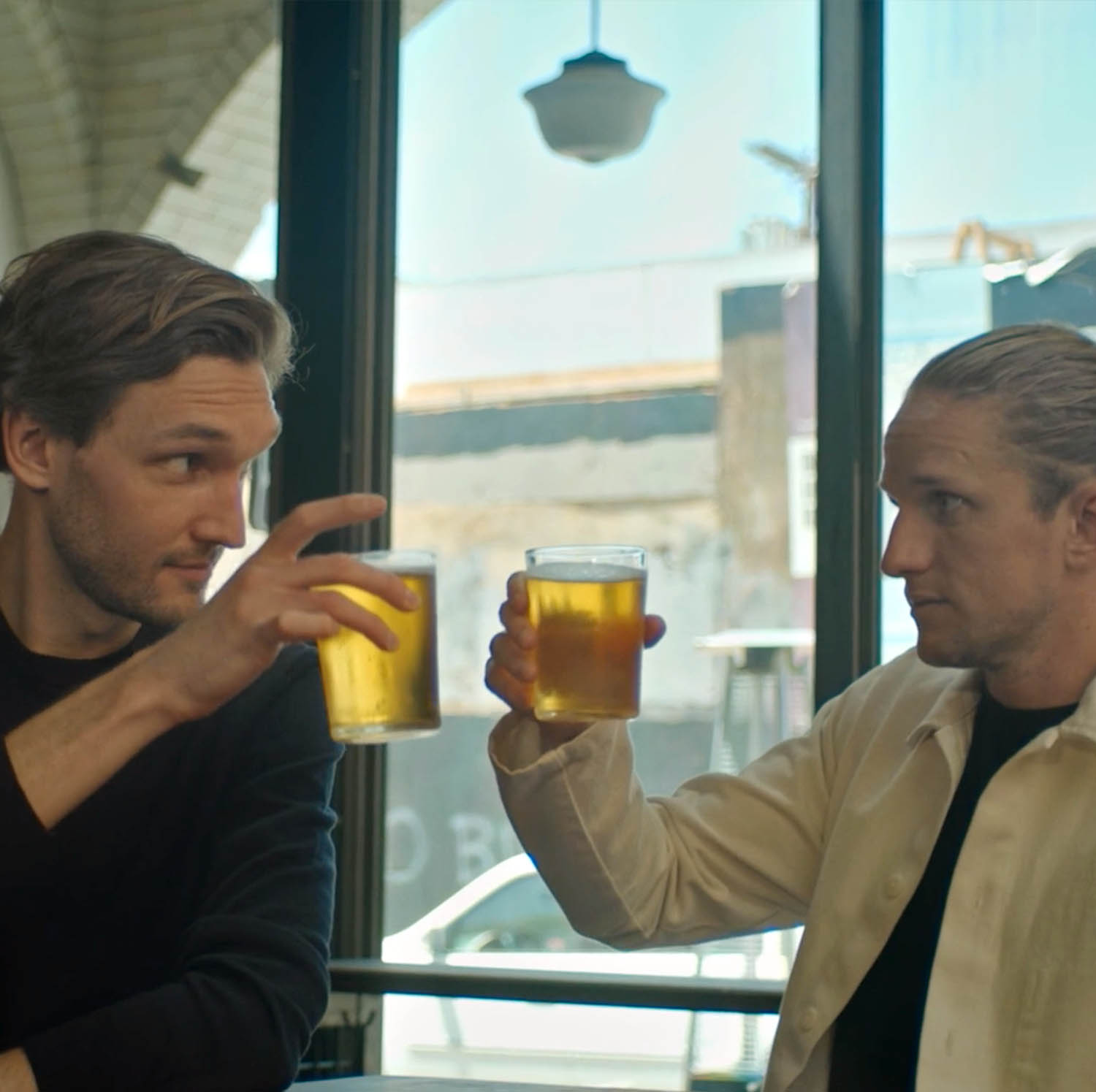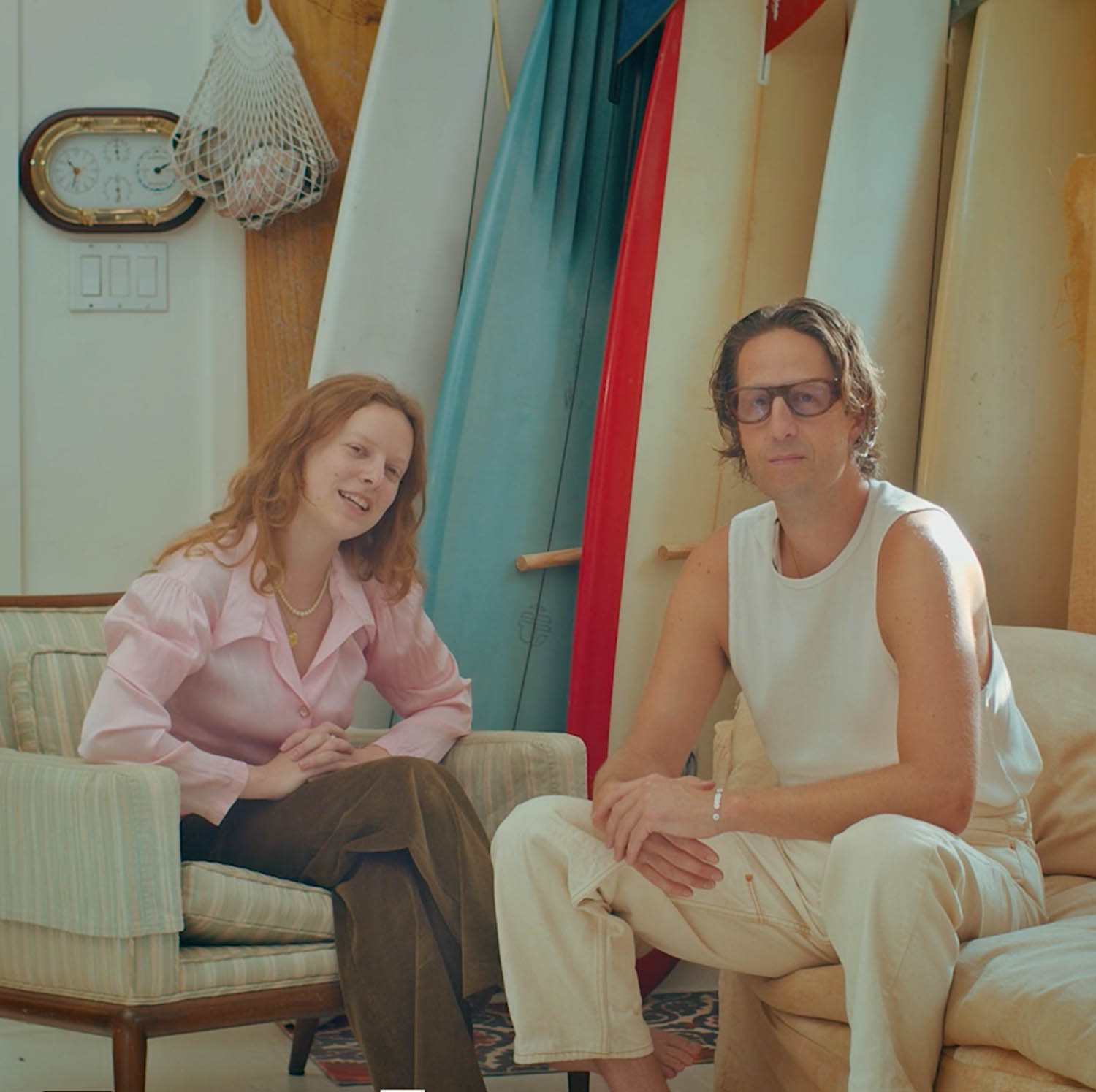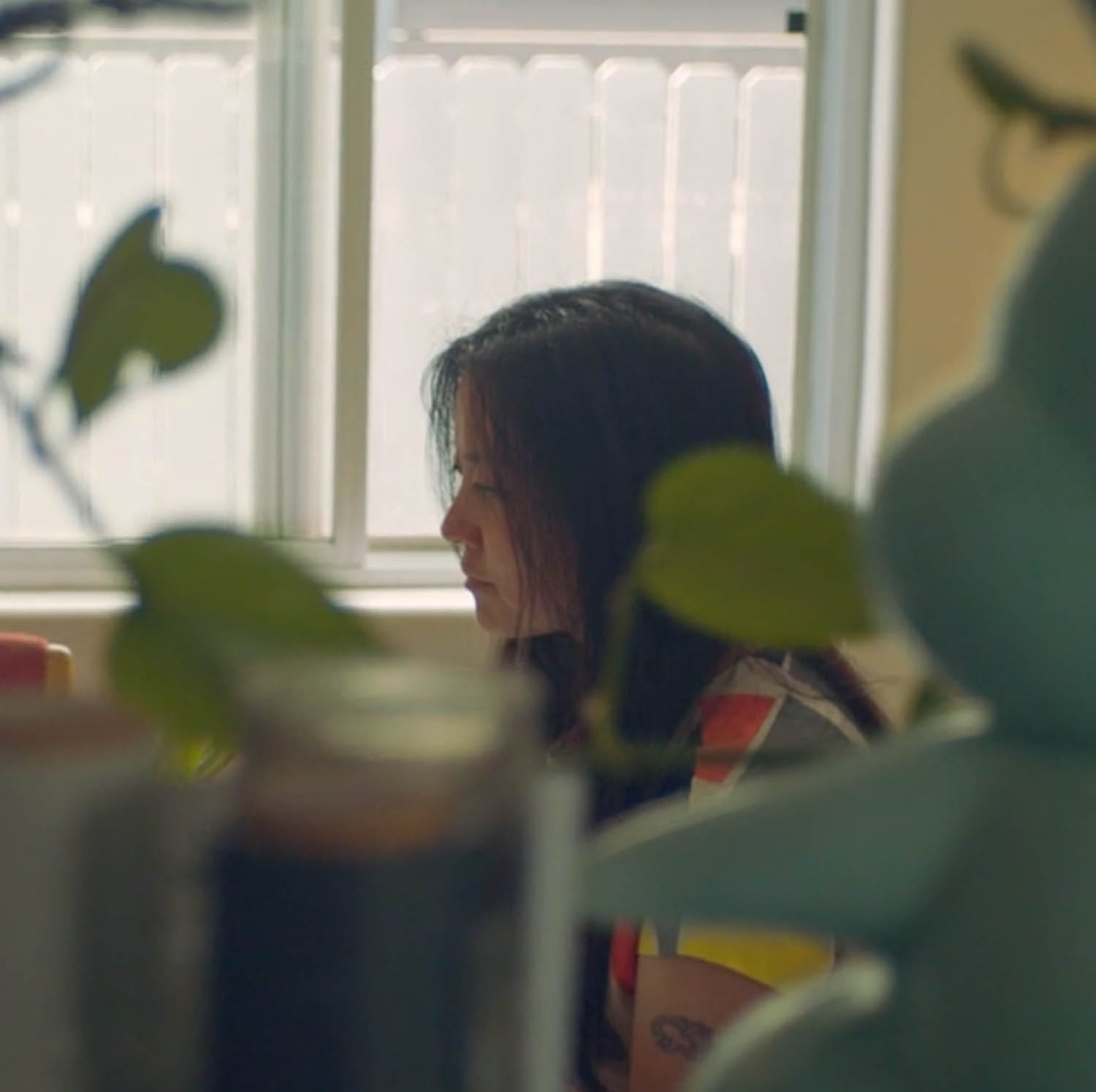Over a decade ago, a group of friends began to gather for museum visits, informally but with purpose. “We were seeking Black and Brown art and culture,” says ARTNOIR co-founder Carolyn ‘CC’ Concepcion. “What started out as mini field trips for 5-6 people visiting galleries, museums, and sculpture parks quickly turned into a group of 20-30.”
Today, that collective is ARTNOIR, a 501(c)(3) non-profit with a mission to celebrate and highlight the work of creatives of color and catalyze cultural equity across industries. This summer, ARTNOIR launched their first artist residency, the ‘Where We Going’ Fellowship, a three-week stay at Stoneleaf Retreat. The residency culminated in an Open Studio day during Upstate Art Weekend. There, we chatted with Adrienne Elise Tarver, the multidisciplinary artist and inaugural ARTNOIR fellow about her work, the residency, and finding support through community.
NEUEJOURNAL:
What narratives are you exploring in your art? What themes are you most interested in exploring right now?
ADRIENNE ELISE TARVER:
My work addresses the complexity and invisibility of Black female identity including the history within domestic spaces, the fantasy of the tropical seductress, and the archetype of the spiritual matriarch. I’m interested in the creation, morphing, and complications of these identities through time and through the Black diaspora. The work I’ve made while at Stoneleaf are paintings on canvas and works on paper that explore these ideas, while also finding ways to engage the figure in metaphysical space connecting her to some of the ideas I’m exploring in my tarot series, Manifesting Paradise.
You were selected as the first recipient of the ARTNOIR Where We Going Fellowship residency. How has the residency informed your artistic practice?
While in residency, I’ve been able to select a few threads of the work that I wanted to focus on and explore. One is the story of a recurring fictional character in the work, Vera Otis, and the other is the Manifesting Paradise series, which includes a fully realized tarot deck which I’ll be releasing this fall. I work in many different mediums and have a lot of ideas that could enter the studio at any time, but I know with my 3 weeks at Stoneleaf, I didn’t want to overwhelm myself with too many possibilities and give myself time to dive into a couple of things deeply and use the environment for restorative rest.
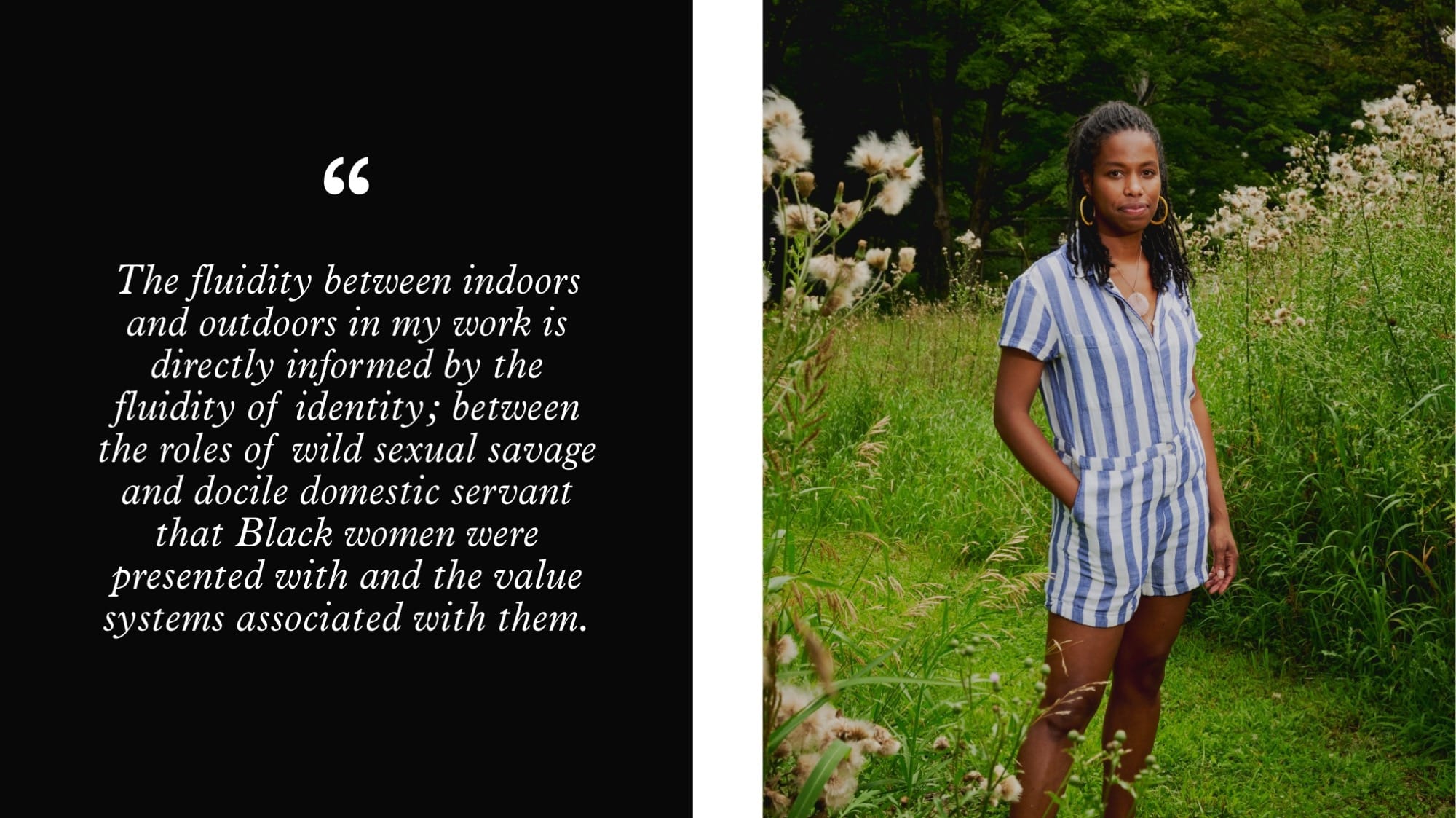
Your work often brings together elements of nature—like plants/greenery, water, and even fire—but also focuses on images of homes and domestication. How do you view the relationship between indoors and outdoors?
The connection between these spaces for me is entirely centered around how Black women have been presented, perceived, and allowed to exist in various contexts. I explore archetypes like the tropical seductress in the lush landscape, the domestic laborer in residential spaces, or the spiritual matriarch where I’m experimenting with her movement through metaphysical space. I’m also interested in how these archetypes and spaces co-exist, overlap, and inform each other.
Much of the ideas around the archetypes and spaces are informed by research of Black media presenting aspirational lives in magazines like Ebony and Jet, or modernist ideals and architecture such as the Case Study Houses, or and the roles Black actresses and entertainers inhabited in movies and shows in the early to mid-20th century, like Hattie McDaniel in Gone with the Wind, Dorothy Dandridge in Carmen, or Josephine Baker at the Folies Bergère. Essentially the fluidity between indoors and outdoors in my work is directly informed by the fluidity of identity between the roles of wild sexual savage and docile domestic servant that Black women were presented with and the value systems associated with them.
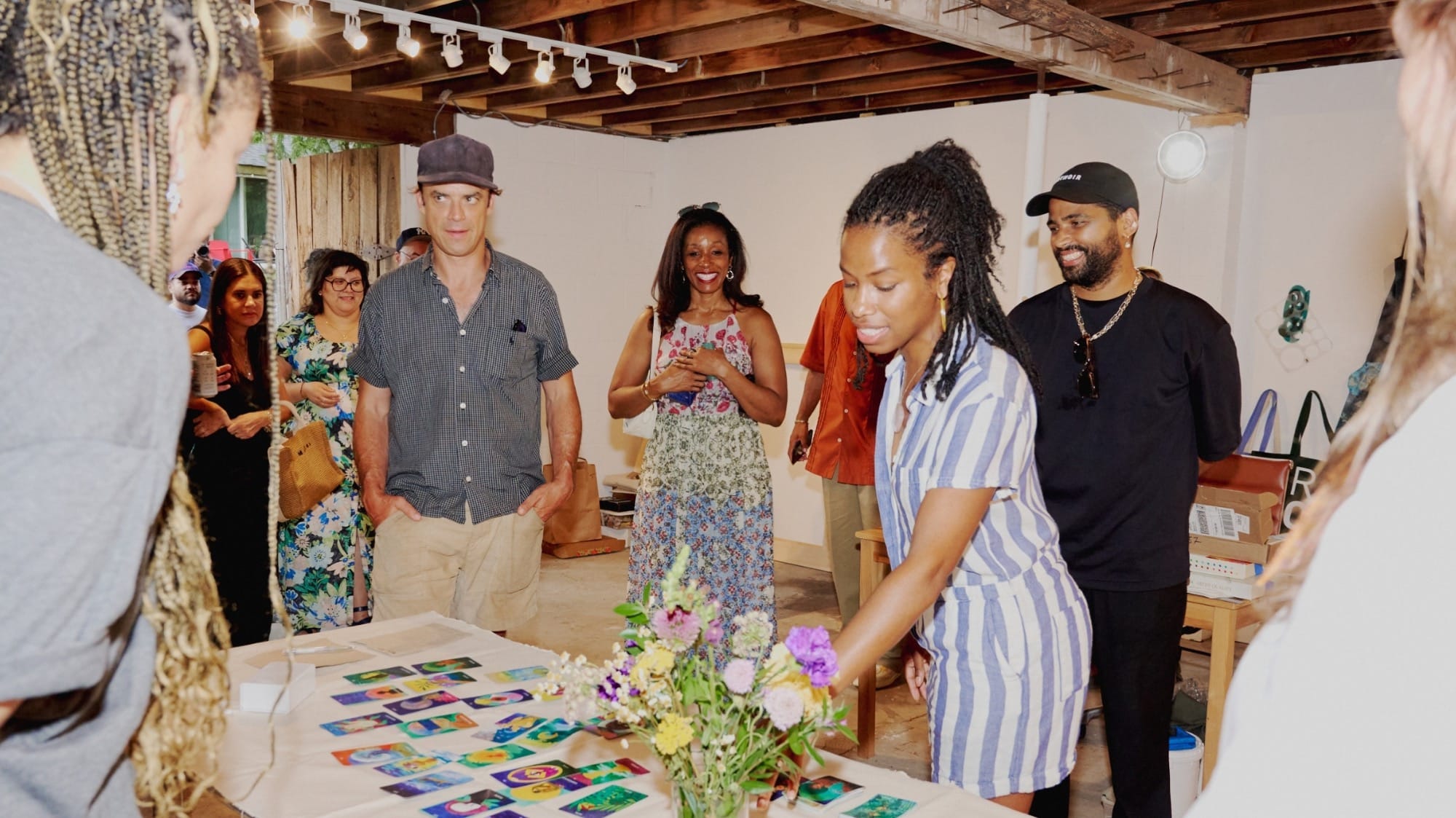
Your studio at the residency was open as part of the Upstate Art Weekend. What work are you excited about showing? What conversations do you hope it provokes?
All of the work and series were in-progress, which is the special thing about Open Studio events. I can decide what works I’m happy to share while in progress, and if I want to, can let the conversations I have with visitors inform the rest of the work’s trajectory. There were a lot of questions of the character Vera Otis, but most of all people were curious about the space she was in. It seemed to do what I want, which was elicit curiosity.
What makes you feel most supported in your art? What’s been sparking your creativity lately?
A residency like Stoneleaf and a group like ARTNOIR have made me feel very supported. I’ve not only been given time, space, and a beautiful environment to work, but I have encouragement from this amazing group of people and community is so important.
